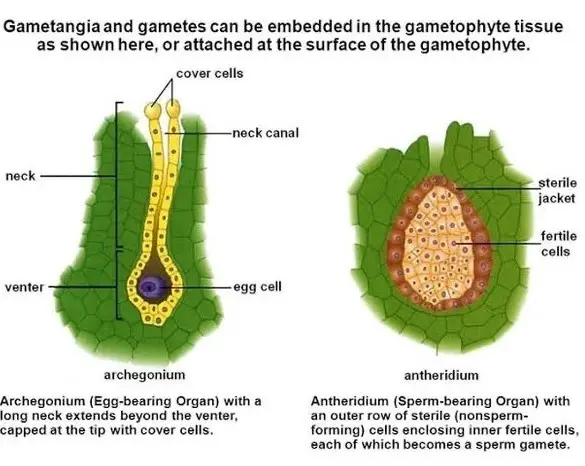The human body is a complex and fascinating machine. It is made up of millions of tiny components that work together to keep us alive and healthy.
Although they are both essential parts of our body, they have very different roles and functions. In this blog, we will explore the differences between cells and corpuscles and how they work together to keep us healthy.
What are cells

Cells are the basic building blocks of life, but they are often confused with corpuscles. While both are microscopic in size, there is an important distinction between the two. Cells are composed of a nucleus and cytoplasm which are surrounded by a membrane and contain genetic material.
Corpuscles, on the other hand, are individual molecules, atoms or ions, which lack the complex structures of cells. In short, cells are the smallest unit of life, while corpuscles are the smallest unit of matter.
What are corpuscles

Corpuscles are microscopic particles that are found in all living things. They are typically much smaller than cells and are composed of different types of molecules. Corpuscles are also known as organelles, and are responsible for performing various functions within a cell.
The main difference between a cell and a corpuscle is that a cell is a living unit that contains DNA and is capable of reproduction, while a corpuscle is a non-living particle that is made up of various molecules, but is not capable of reproducing itself.
Key differences between cells and corpuscles

Cells and corpuscles are two distinct terms that are often used interchangeably, but they are actually quite different. Cells are the basic building blocks of life, and they come in many different shapes and sizes. They are composed of a cell membrane that separates the interior of the cell from the outside environment, and contain a variety of organelles and proteins that carry out various functions.
They are composed of a cell membrane that separates the interior of the cell from the outside environment, and contain a variety of organelles and proteins that carry out various functions. By contrast, corpuscles are microscopic particles that form a single unit. They may contain proteins, lipids, and other molecules, but they are not enclosed by a membrane.
As a result, they do not have the ability to carry out the complex functions of a cell. In addition, corpuscles are much smaller than cells, making them difficult to study and observe. In summary, the key difference between cells and corpuscles is that cells are complex, multi-functional structures that are enclosed by a membrane, while corpuscles are simple particles that lack a membrane and are not capable of cellular functions.
Types of cells
Cells are the smallest unit of life and the building blocks of all living organisms. Corpuscles, on the other hand, are microscopic particles that are found in the body but are not considered living.
Cells are capable of reproduction, response to their environment, and the ability to make energy, while corpuscles cannot. Cells are also much smaller than corpuscles and come in many different shapes and sizes.
They also contain a nucleus and other organelles, while corpuscles are just tiny particles. In summary, the main difference between cells and corpuscles is that cells are alive and can reproduce, while corpuscles are just microscopic particles that are not considered alive.
Types of corpuscles
Ever wondered what the difference is between a cell and a corpuscle? A cell is the basic unit of life and structure of organisms, while corpuscles are smaller than cells and are made up of specialized components.
Cells are typically larger than corpuscles and are made up of an organized complex of molecules, organelles, and structures. Corpuscles are much simpler and generally lack most of the components of a cell. Examples of corpuscles include red and white blood cells, platelets, and sperm cells.
All of these corpuscles play an important role in the body, but do not have the same level of complexity as a cell.
Summary
The difference between cells and corpuscles is very important to understand. Cells are the building blocks of life, and they come in a variety of shapes and sizes. Corpuscles, on the other hand, are small particles or molecules that are found in the body.
Cells are much larger and have specialized functions, such as metabolism, growth, and reproduction. Corpuscles, on the other hand, are much smaller and do not typically have specific functions.
Instead, they are just components of the body that help the cells to do their job. In other words, cells are the most important components of our bodies, while corpuscles are just the helpers.
Conclusion
In conclusion, there is a key difference between cells and corpuscles. Cells are the basic building blocks of life and are made up of a nucleus, cytoplasm, and cell membrane. Corpuscles, on the other hand, are much smaller than cells and are not made up of any of the components that make up a cell.
Corpuscles are typically used to refer to tiny particles, such as red blood cells, white blood cells, and platelets. Cells are typically associated with living organisms, while corpuscles are typically associated with non-living matter.

